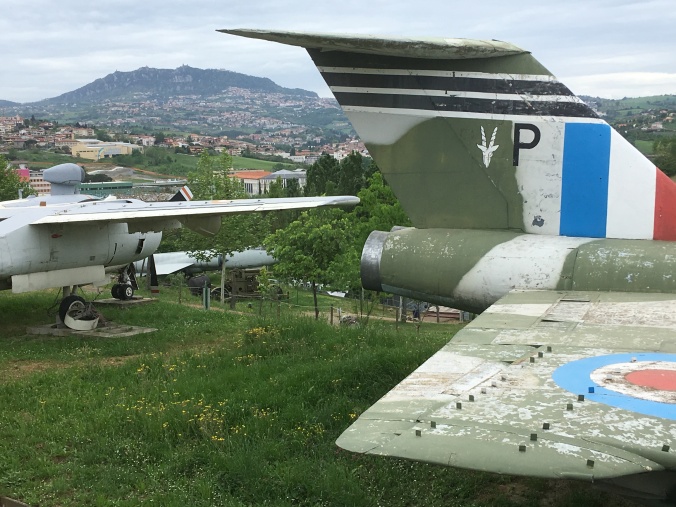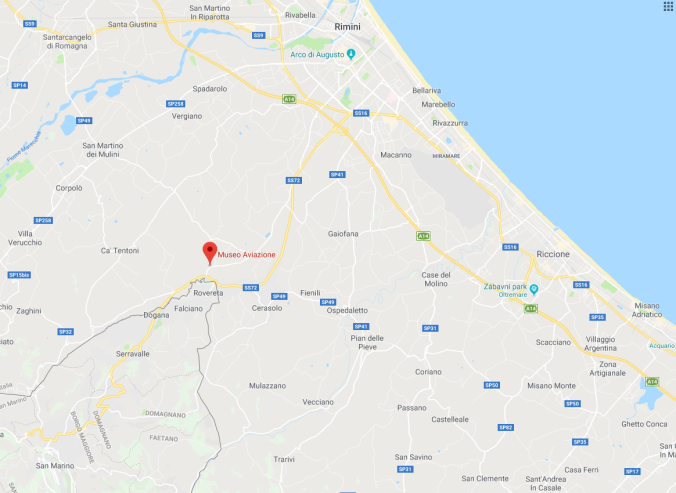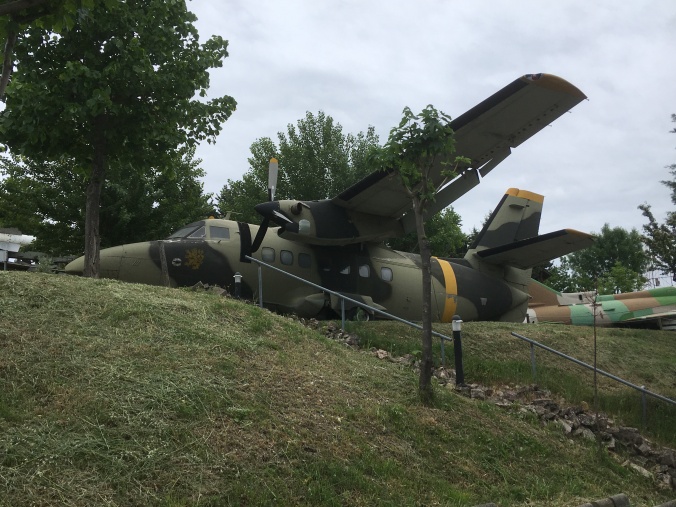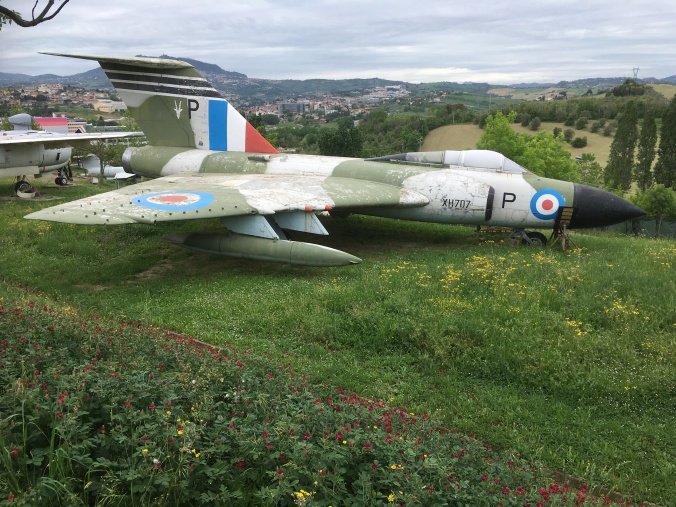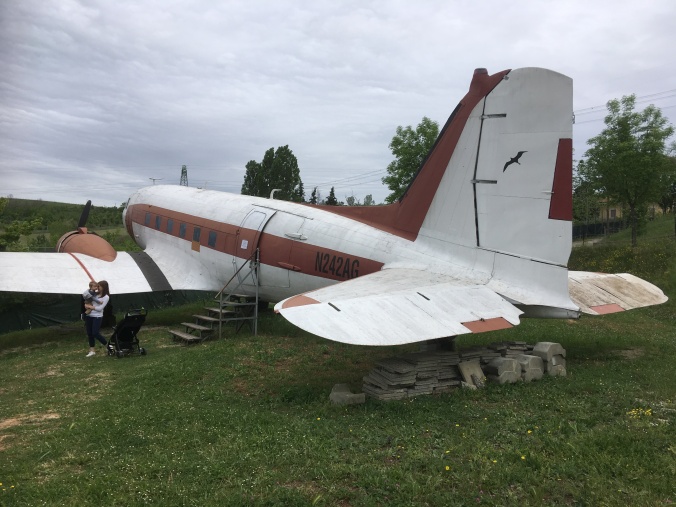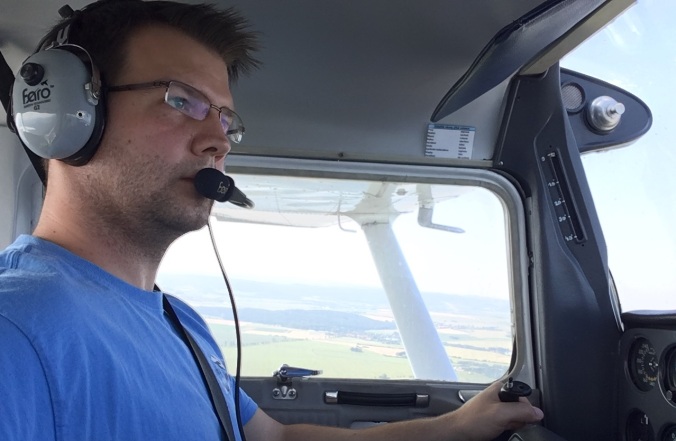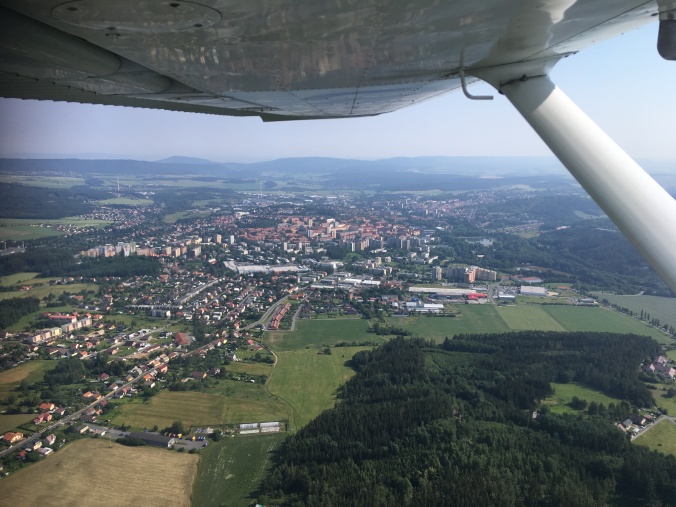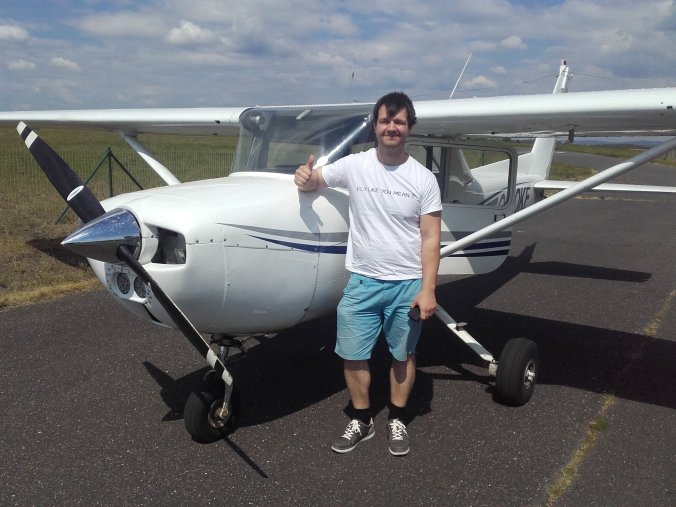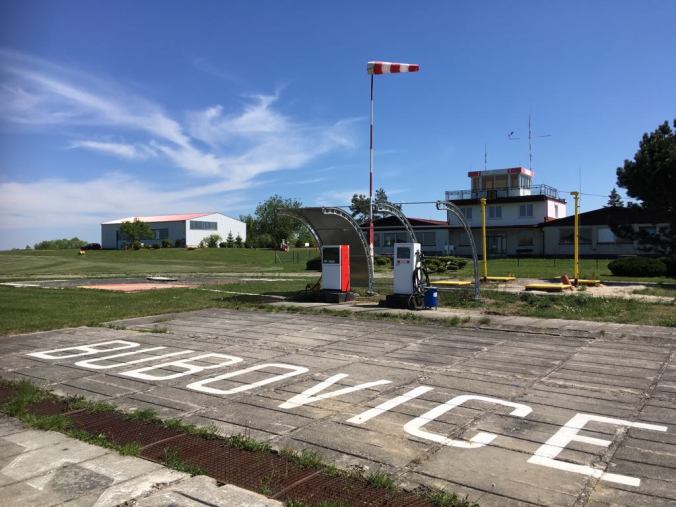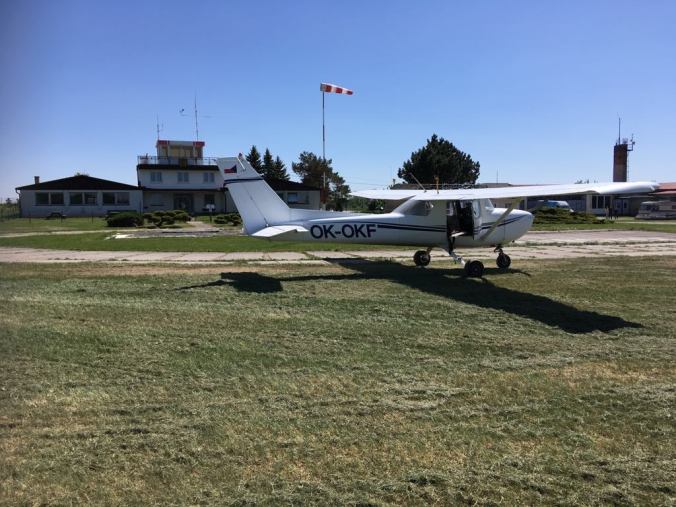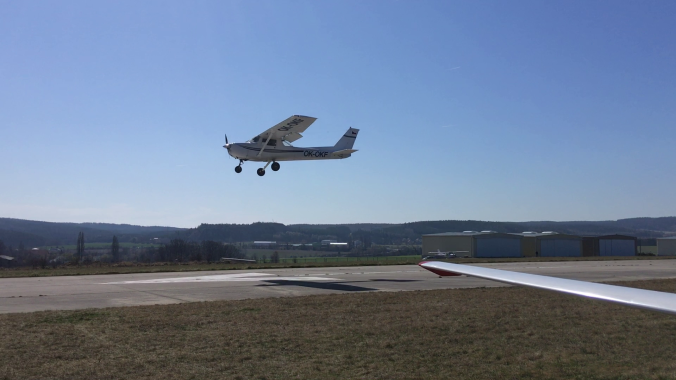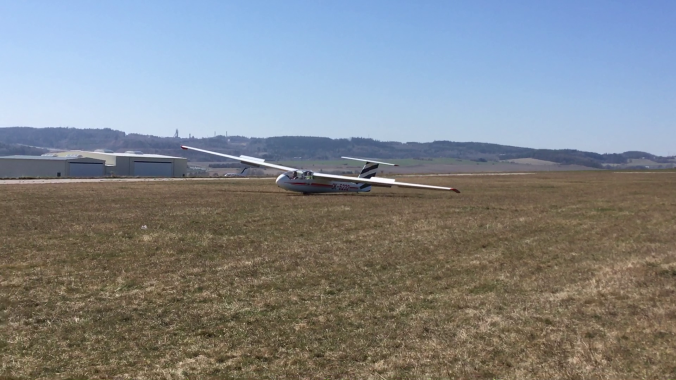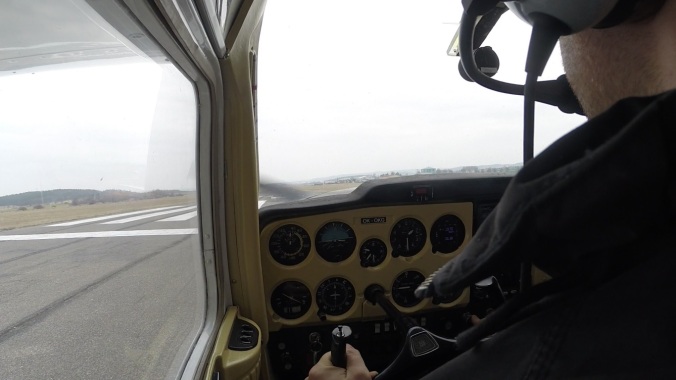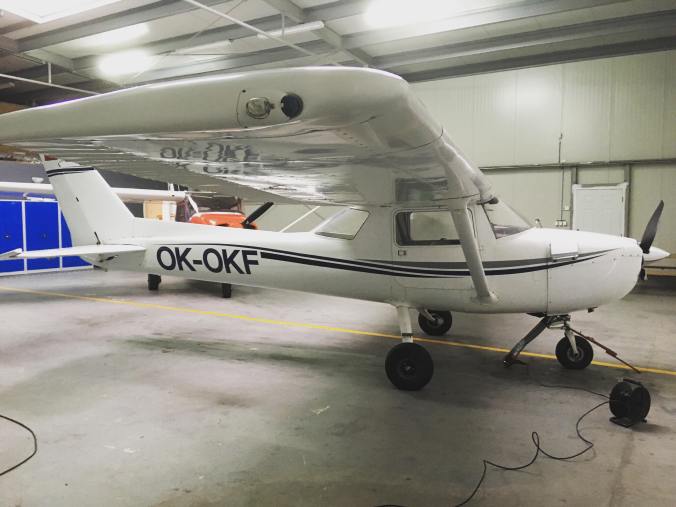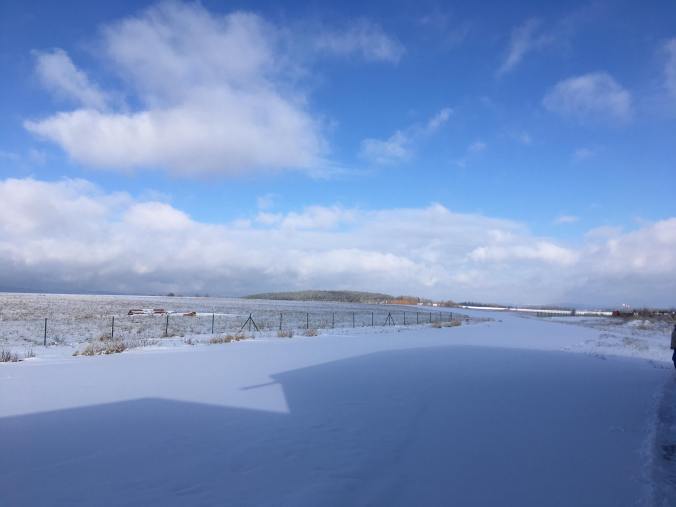Whoa! It’s been forever since I last wrote here. I’ve been really busy, both with my flight training and (mainly) otherwise. Be warned – this post isn’t about flying at all. It’s about life, a.k.a. that thing which happens whenever you make any plans.
I wrote my last post here in July, shortly before leaving to spend a week with my family in Slovakia. During that short vacation, we made a somewhat impulsive decision to sell our two-room flat and to buy a house. We didn’t have any idea what we were getting into. Nevertheless, once we returned to Prague, we really committed to that decision and our fate for the next five months (not to mention the rest of our lives) was sealed.
We found our dream house pretty quickly but we had to sell our place first to be able to buy. Finding the right buyer proved a little tricky at first but we were lucky enough to seal the deal in about three months. After all the formalities, we were able to sign the contract for our new house and at the end of the January, we moved in.
I should also mention that in the meantime, I was dumb enough to wreck my car so while all this was happening, I was picking a new one. I ended up with a hybrid Toyota Auris and so far it performs great. And our little boy loves it!
The period of ever-present change in our lives was concluded last week when I unexpectedly received a job offer and decided to take it. For the very first time in my professional life, I am leaving the aerospace industry and becoming a web developer. I have zero experience in the field, except self-teaching myself, on and off, during the last year. Needless to say, it is a huge leap out of my comfort zone but I’m really happy that I found the courage to make that decision – and excited for what lies ahead.
Despite all this, I still managed to proceed with my flight training, although I haven’t flown as much as I’d like. Even so, I have managed to complete my dual cross-country flights and last Saturday, I’ve had my first solo one. I’m past two thirds of my training and really hoping that I can finish it this year.
I’m not sure whether to keep blogging here. So much has changed in the last few months and there simply isn’t enough time to share all what’s happening. I have some ideas but I think I’ll have to give it some time to figure out what I really want to do. I’m thinking of a different way to capture my experience, possibly on a different platform and with more pictures and videos but so far, I just haven’t had the time to really think it through. When the right idea comes up, I’ll make sure to update this blog in case anyone here wants to follow along.
PS: I also cancelled all my social media. For a long time, I was upset about the way the social media shape the society and the world around us because I perceive their influence as almost exclusively negative. And I decided that a few more people who might find this blog thanks to the social sites just aren’t worth being a part of this twisted, ugly virtual world anymore. It’s really just a personal protest, completely pointless in the global point of view, but it felt really good. The sudden change of not being hooked up to Facebook (etc.) all the time is empowering and I warmly recommend this to everyone.
